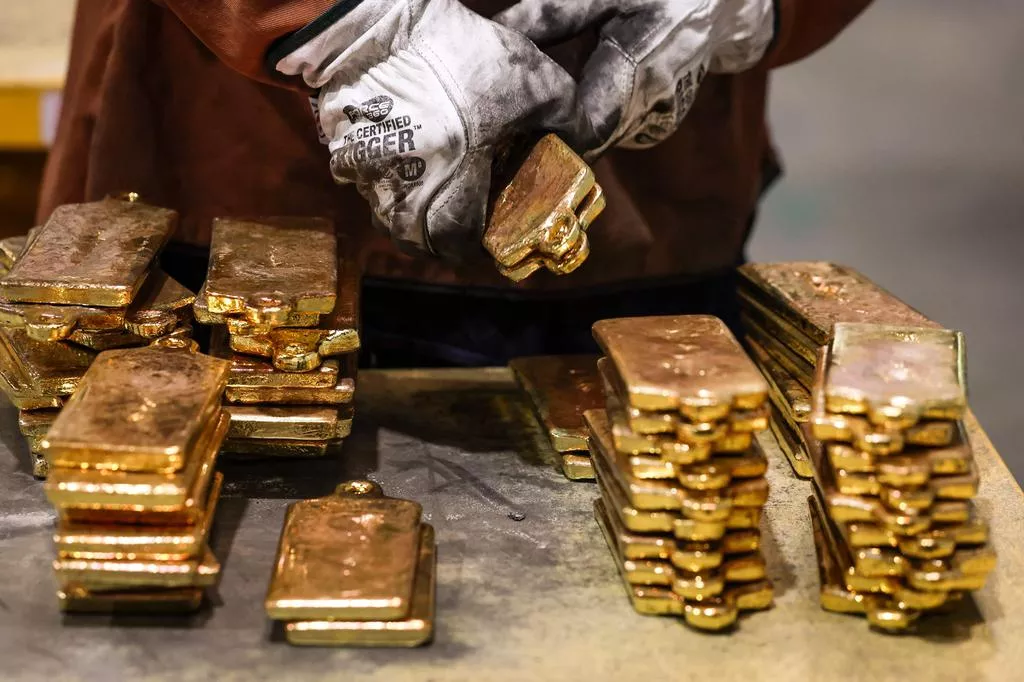Whether the conflict between Israel and Iran will escalate further will determine the trend of gold this week. The escalation of tensions in the Middle East has pushed gold prices to their highest level in nearly two months, with a weekly increase of more than 3%.
Israel launched an air strike on Iran last Friday (June 13) local time, and the geopolitical situation in the Middle East has become tense. Investors have bought gold for risk aversion.
Gold futures and spot prices rose by about 1.5% and 1.4% on Friday, reaching US$3,452.8 (about S$4,422.81) and US$3,432.34 per ounce. Gold prices rose by an average of about 3.5% in five trading days, and both futures and spot prices rose to their highest level since late April.
Daniel Pavilonis, senior market strategist at RJO Futures, believes that the performance of gold and oil prices in this wave of conflict can be used to judge the trend of commodity prices.
Pavilonis pointed out that although gold and oil prices rose on the first day of the conflict, especially oil prices soared to $77 a barrel, they did not rise further when Iran launched retaliatory actions.
“I think it is very surprising that gold is still below its high in April.”
Pavilonis said that if the situation escalates further, gold prices may continue to rise. “But if we start to see a de-escalation of the situation and Iran is willing to negotiate, or at least start to negotiate in some form, perhaps gold will remain volatile at the current price and continue the trend of the past few months.”
Analyst: Central banks continue to buy and push up gold prices in the long term
Carsten Menke, head of New Century Thinking Research at Julius Baer, also said: “Given the potential consequences of the conflict and the fact that gold traders are usually short-term traders, the reaction of gold prices is quite mild.”